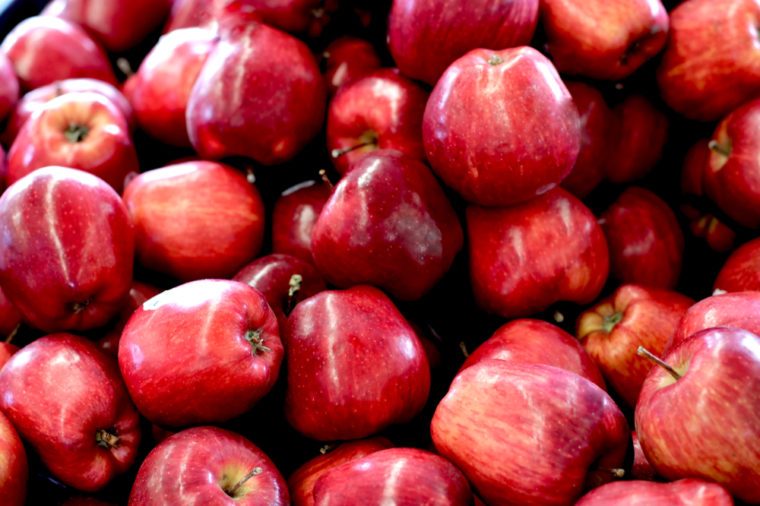Lead

This is certainly one of the last ingredients you’d think could wind up in your kids’ food. However, traces of lead are found in fruit juices, mixed fruit, apples, pears, baby foods, and vegetables like carrots and sweet potatoes, according to the FDA. “Lead has been found to cause behavioral problems such as hyperactivity, aggression, and inattention as well as lower IQ,” warns Otoniel Santiago, RD, clinical dietitian with the Get Up & Go program at Children’s Health. To lower your child’s consumption of lead, Santiago recommends serving up foods that will block lead absorption, such as turnip greens, collard greens, canned salmon, and dairy products. “These are high in calcium, and calcium and lead compete for the same absorption sites in bones; the more calcium available, the easier the win for calcium,” says Santiago—and the less lead your child will absorb. “Additionally, iron-rich foods like red meats, beans, and lentils, when taken with foods high in vitamin C, can help with the absorption of iron and further block the absorption of lead.” Some examples of foods that are high in vitamin C are tomatoes, oranges, bell peppers, strawberries, and watermelons.
The post 10 Unhealthy Ingredients Hiding in Your Kid’s Lunch appeared first on Reader's Digest.
from Reader's Digest https://ift.tt/2vTPyQy
Comments
Post a Comment